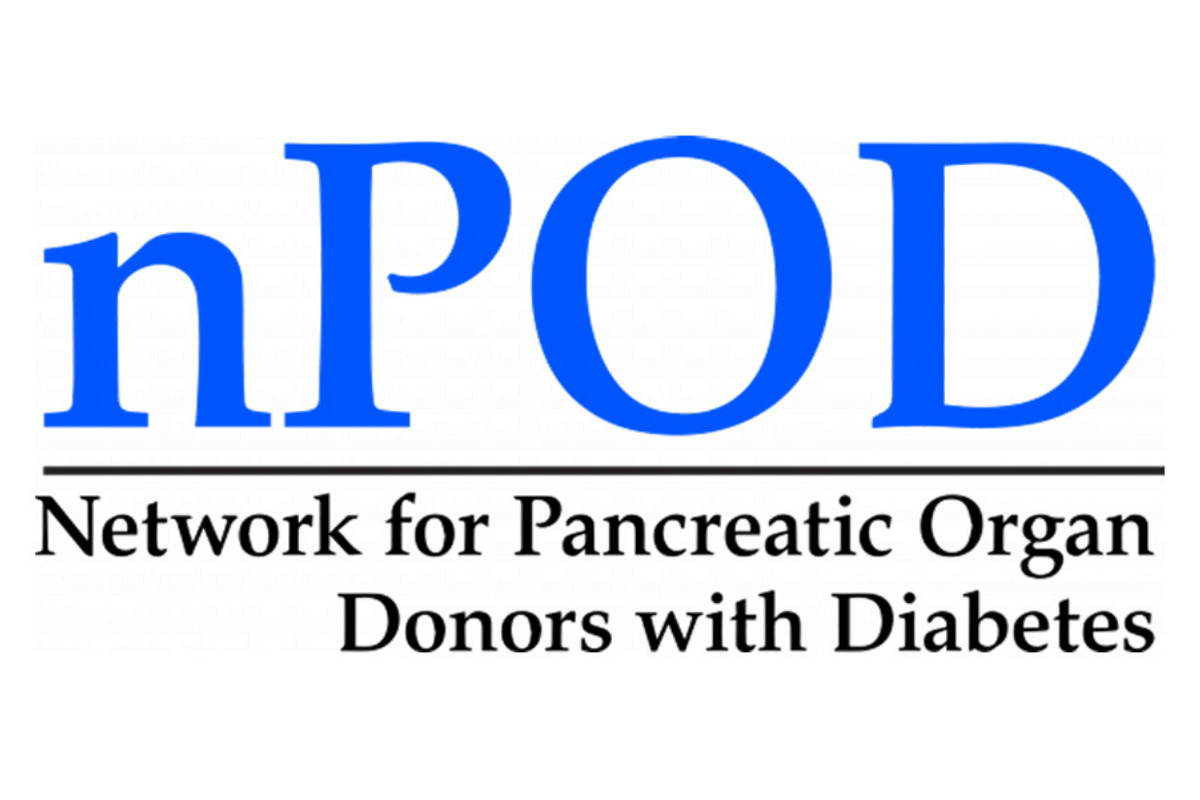World-Renowned Researchers Gather at the JDRF-nPOD Annual Meeting

Leading researchers gathered in Long Beach, California, for the 16th annual meeting of the Network for Pancreatic Organ Donors with Diabetes (nPOD), which took place from February 19 through 22. nPOD is now the world’s largest tissue bank dedicated to the study of the human pancreas in type 1 diabetes (T1D), and researchers, clinicians, people with T1D, and other leaders in the diabetes space attended—more than 200—to hear results from the latest advances using nPOD samples.
Here are some of the highlights:
- JDRF staff Esther Latres, Ph.D., vice president of research at JDRF, and Josh Vieth, Ph.D., director of research focusing on disease-modifying therapies, co-chaired a session on the cellular mechanisms in and around T1D:
-
- JDRF-funded Tim Tree, Ph.D., presented on islet-specific immune responses, with the goal of developing a tool to measure them in clinical trials. He discovered that islet-specific immune cells have distinct characteristics and pointed to the potential for correlation of immune cell characteristics with (i) age of onset, (ii) clinical progression, and (iii) genetic protection.
-
- Melanie Shapiro, Ph.D., who has a JDRF postdoctoral fellowship, identified an immune cell receptor pattern in blood moving throughout the circulatory system (as opposed to blood in a specific organ, like the pancreas) that was augmented in T1D, compared to blood that was non-T1D. This pattern was used to run multiple analyses, and all of the associations showed increased frequency of this pattern and gene mutations for T1D.
-
- Carla Di Dedda, Ph.D., presented on her JDRF grant on the glucose transporter GLUT1. Seven to eight percent of pancreas transplant recipients have a recurrence of T1D without rejection of their organ donation, and Dr. Di Dedda focused on GLUT1 as a culprit. She found that in people with T1D, immune cell proliferation was significantly reduced when GLUT1 was blocked, which will be instrumental in future research on the roles of GLUT1 in T1D.
- Miguel Medina-Serpas, who is a graduate student with Todd Brusko, Ph.D.—who received early-career scientist grants from 2008 through 2017 from JDRF and three grants since—presented on visual-spatial gene expression on paired pancreas and lymph node slices. He found that it could reliably identify functional compartments of the pancreas. This could help to validate gene targets for therapeutic use.
- Esra Karakose, Ph.D., from the laboratory of Andrew Stewart, Ph.D., at the Icahn School of Medicine at Mount Sinai, focused on the action of beta cell regenerative drugs and which subtypes are responsible for treatment. Her lab found that the most responsive is the cycling alpha cell, which cluster between alpha and beta cells. She explained that cycling alpha cells become “beta-like cells” in response to treatment with the drugs DMSO and harmine, which may restore the beta cells that are lost in people with T1D.
Since being established in 2007 with a $7 million grant from JDRF, nPOD has collected and processed more than 50,000 tissue samples from organ donors who had or were at increased risk for T1D. nPOD is conducting more than 250 studies to unlock the mysteries of the human pancreas. For more information on nPOD, you can visit their website here.
You are helping us advance toward preventing, treating, and—one day—curing T1D. Find out more about JDRF here.